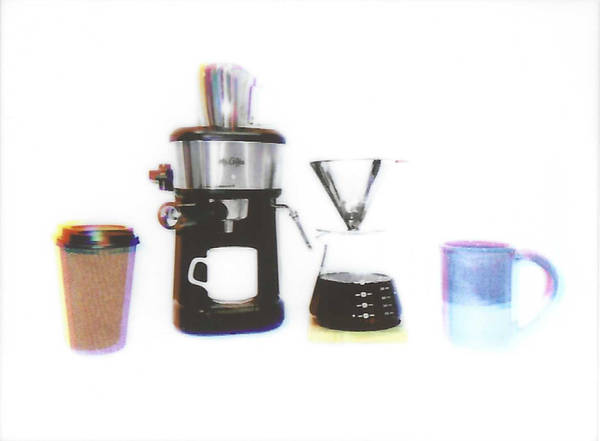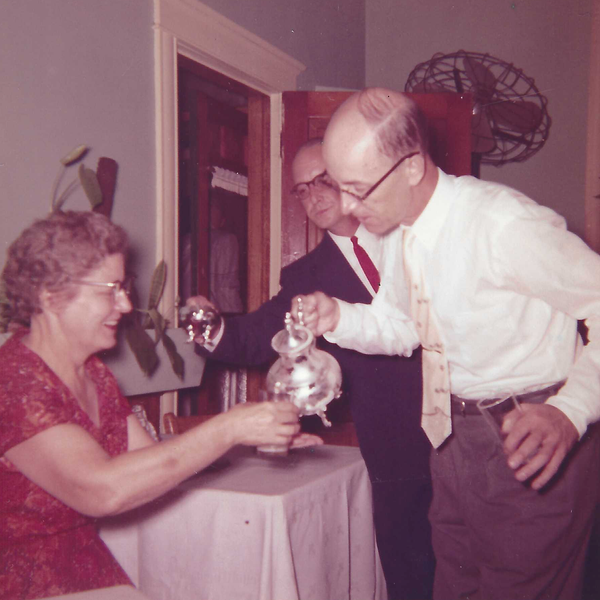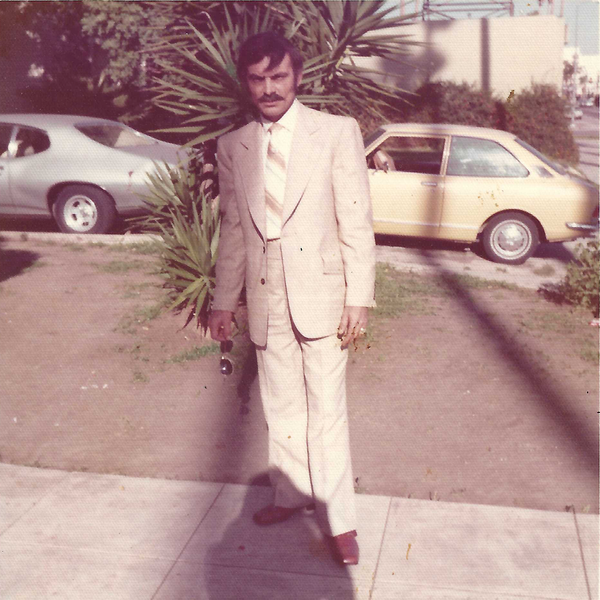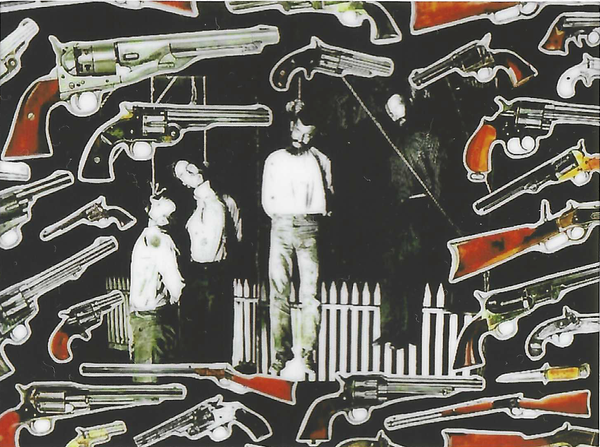The Records You Should Be Collecting But Aren’t
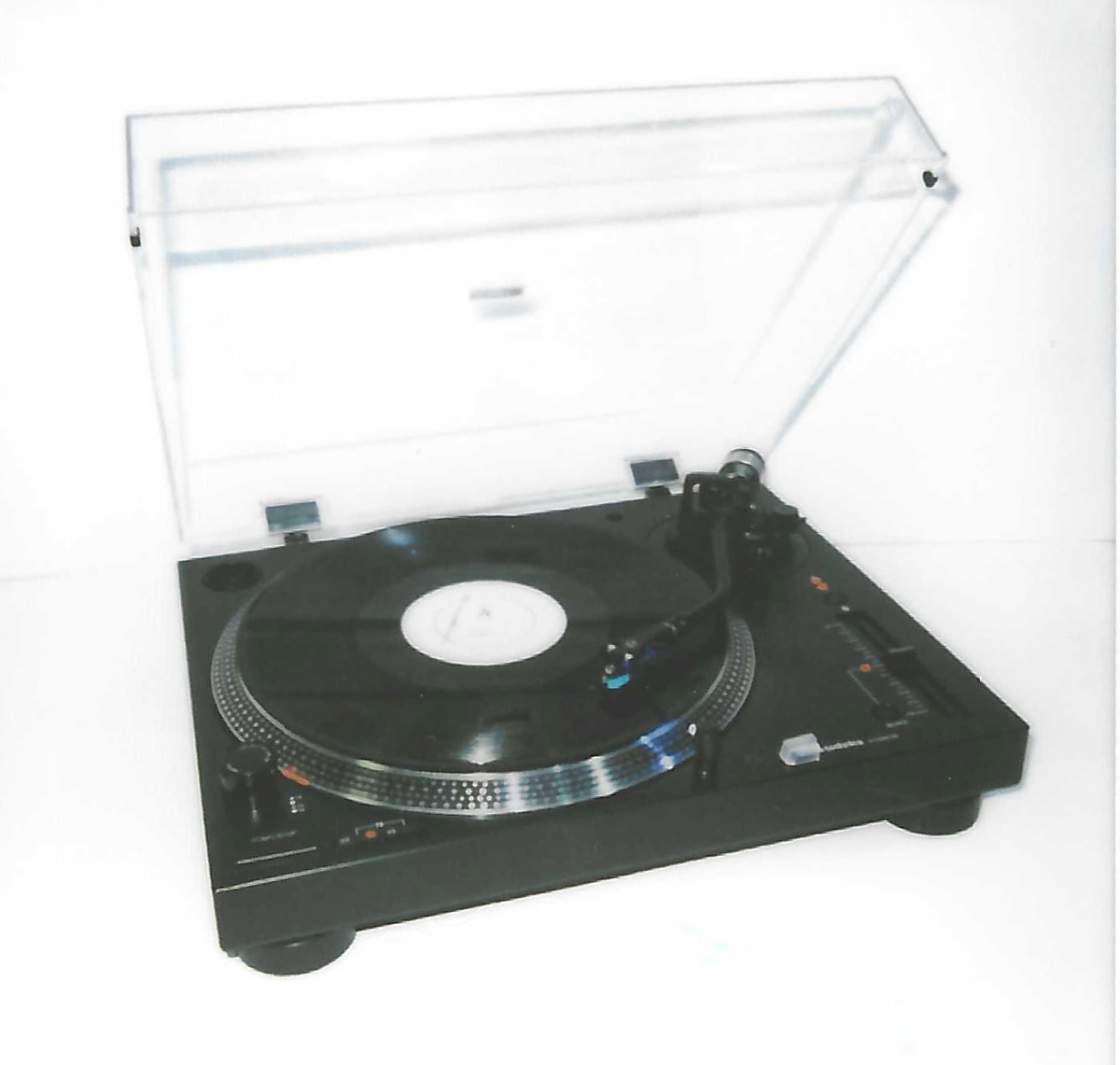
As purchasing vinyl records has become increasingly popular, I have noticed a few friends of mine picking up the hobby. Similar to eating an Oreo cookie, however, everyone has a different approach.
In this article, I'll outline four approaches championed by my vinyl-loving friends, as well as my opinion on the records you should be collecting but aren't.
Disclaimer: I'm a bona fide curmudgeon and self-proclaimed hipster.
Collect Them All
The first usual suspect is a classically-trained pianist and dad-rock enthusiast. Let's call him... Bartholomew.
Bart enjoys the physicality of the medium and takes pride in the ownership of media. For this reason, he makes an effort to own all albums by a band, regardless of whether their second singer wasn't as good as the first or whether their sixth album was a total dud.
Bart also has an affinity for "tried and true" music over music from unfamiliar artists. Getting him to listen to non-mainstream music isn't impossible, but it does make for a challenge if he's not in an adventurous mood.
That said, his penchant for finding original pressings requires patience and attention to detail, which I admire about Bart.
The Favorite Child
I met this fellow while standing in line for an Iglooghost concert at Brooklyn's own Elsewhere. Let's call him... Voldemort.
Music surrounds Voldy's life. When he's not working as a wedding DJ or roadie, he plays bass in his own psychedelic rock band. As can be expected for a wizard on the go, his primary medium for music consumption is Spotify. But what about that really special record? The one he'd be okay with turning into a horcrux?
For those, he'll shell out the galleons. His collection amounts to about 80 records in total. However, with a focus on quality over quantity, it makes for an impressive collection nonetheless. This approach is quite commonplace considering that most vinyl owners also stream their music. But that begs the question: What is the value in owning it? Is this a purely apocalyptic notion? Or perhaps an archival one? Is it about making an extra effort to support the artist?
Although I don't find fault with these reasons, I can't help but think that this leads to paying twice for the same record. It's like streaming Harry Potter and the Half-Blood Prince and owning the DVD. (Although, when I say it like that, it doesn't sound so bad.)
Regardless, the notion of "double buying" has deterred me from this method of vinyl collection. Speaking of "double buying," I should probably introduce the next person.
Lookin' Pretty
This listener is Gen Z to the core. Let's call her... Ursula.
Ursula uses two tentacles to make arts and crafts, two tentacles to play Xbox, and the rest to scroll through Pinterest. Her favorite artists include major pop contemporaries Olivia Rodrigo and Billie Eilish. Her record collection? One Olivia Rodrigo record and one Billie Eilish record.
I suspect Ms. U was influenced by the renewed zeitgeist around physical media among her peers and opted to purchase these records for the aesthetic currency they provide. Part of this suspicion lies in her record player of choice—a Crosley briefcase turntable. (Didn't I warn you that I'm a bona fide curmudgeon?)
Although purchasing new records on vinyl isn't necessarily a bad idea (or a bad investment if you peep Discogs), these records are often not mastered for vinyl. Mastering is the final step in the production process and the first step in the distribution process, which is why considering how the music will be consumed (e.g., FM radio via car stereo or Spotify via earbuds) plays an important role in how the music is adjusted for compression, equalization, and volume. Of course, this isn't of great concern if an Instagram selfie with a colored release is the ultimate goal.
It should go without saying, but this is my least favorite method of collecting. The ramifications of hyper-consumerism are too great to cover in a mere paragraph, so I'll just leave it at that.
Nothing Like a Bargain
The last of the Fantastic Four is an old college mate who picked up vinyl during COVID. Let's call her... Mary Anne Beth.
As a foodie, MAB is keen on maintaining a budget that allows her to explore new restaurants and bars frequently, which means she doesn't have an appetite for expensive records. Her usual go-tos include old comedy records and dollar-bin albums including mid-20th century jazz compilations and kitschy oldies like Engelbert Humperdinck (no, that name is not from the Key & Peel College Football skit).
I've come to the conclusion in my own collecting that dollar-bin records tend to not be worth the trouble. While trite, the ole "you get what you pay for" adage rings true here. That said, if the condition is good (depending on your static-and-pop tolerance) and the goal is exposure to new music (whether for sampling, musical inspiration, or otherwise), I suppose these records aren't too bad for trying out and can make a novice's exploration into vinyl less financially intimidating.
Legal Chasms, Basements, and Online Cobwebs
Now, we arrive at the fun part. The treasure chest. The pirate's booty. My pretentious record collection.
To start it off, we have the "legal chasm" category. Starting in the late '90s and continuing throughout the '00s, there was a major paradigm shift from the physical distribution of music (i.e., vinyl, cassettes, and CDs) to the virtual distribution of music (think Napster and LimeWire). With music enthusiasts downloading their entire catalogs for free, record labels entered a difficult financial period, with the biggest victims being small indie labels. Since these smaller labels couldn't compete with free, many went belly up, which begs the question: What happened to the distribution rights of the artists signed to those labels? When the labels went bankrupt, the rights didn't revert to the artists, but rather entered a gray area in which no one had the legal right to distribute the music.
For this reason, these records can't be found on streaming platforms like Spotify, Apple Music, or YouTube Music, to name a few. Since the defunct labels didn't have the means to continue production and the artists didn't have the rights to release their material, the only people able to listen to these bands' music were the few who owned their records. Since smaller labels focused on local bands and held modest budgets, vinyl releases of 300 to 1,000 copies were most common—which means that if you own that band's record, you may be just one of a few hundred to have the privilege of listening to that band's music.
In a world of artificial scarcity, I'm enthralled by knowing that I can experience a band's music because I own a rare piece of circular plastic. Likewise, I find excitement in having a collection that is an extension of what exists on streaming. Rather than maintaining a duplicate catalog of music, the records I own are unique even relative to the array of 100+ million songs on streaming. (Didn't I warn you that I'm a self-proclaimed hipster?)
Considering that these records didn't get the chance to become popular and find a dedicated fan base, they're often relatively inexpensive (~$10) for how charming and original they are. If you want to find these in your local record store, look for black-and-white album jackets (indicative of lower manufacturing costs), release years around the early '00s, and inserts (i.e., posters, photos, lyric sheets, zines, stickers, or more included with the record).
The second category is "basement," which can be succinctly described as appearing to have been made in someone's basement. Besides any photography that showcases this (typically seen on back jacket covers and inserts), "basement" records often don't indicate a record label. If you're particularly lucky, the record will list the home address of the artist.
In today's technologically dystopian landscape, this lack of privacy feels particularly chilling, but is ultimately all the more powerful considering it was so easily shared by the artist. No Black Mirror-esque data usurping. No P.O. Box address masking. Full Home Address™.
The last category is "Internet Cobwebs," which I use to describe records that showcase MySpace handles, AOL email addresses, or any other online artifacts that indicate the record's age. I find the juxtaposition of outdated digital technology printed on an older format that has somehow outlived the digital technology beautifully ironic, poignant, and poetic.
More than anything, I suppose this dichotomy articulates the archival impermanence of digital platforms and the need for physical artifacts as a legitimate means of documentation. In this way, owning a band's record is more than just owning a circular piece of plastic—it's a way of owning a piece of history too. 👊


